Scarecrow
TPF Noob!
- Joined
- May 18, 2011
- Messages
- 184
- Reaction score
- 0
- Location
- Yokosuka Kanagawa Japan
- Website
- zacks.smugmug.com
- Can others edit my Photos
- Photos OK to edit
Ok Im trying to do some long exposure shots at night. I have an awesome tripod and a shutter release switch. Now that I have all the eccentials what else goes into long exposure shots. I shooting with a 5D mk I using a 24-70mm L 2.8. Do I leave the F/ at 2.8 or boost it up.



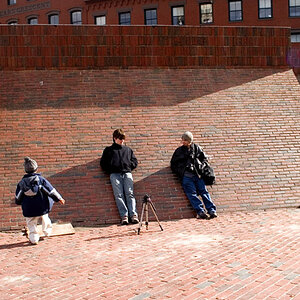
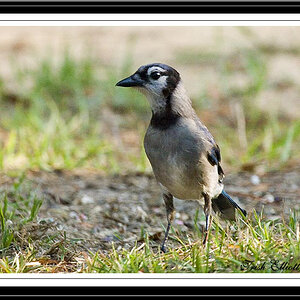


![[No title]](/data/xfmg/thumbnail/32/32711-b57dd72845f94aa34b3bd7207b07f98c.jpg?1619735616)
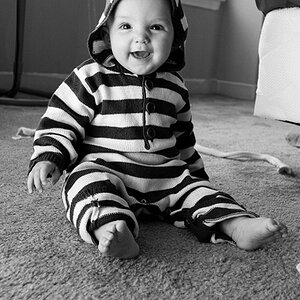
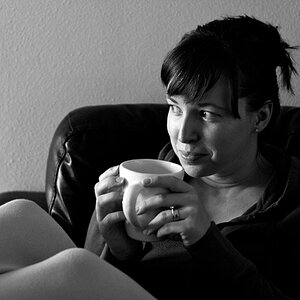
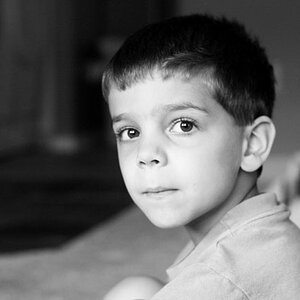
![[No title]](/data/xfmg/thumbnail/37/37118-b2220638658eaeed2b9256c9a8fd0cf0.jpg?1619737883)
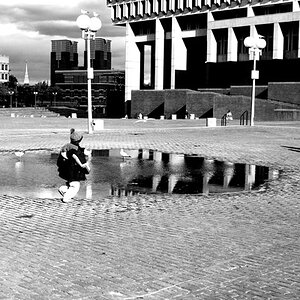
![[No title]](/data/xfmg/thumbnail/37/37116-fdf3127b1d8834c25461dd2d201c031c.jpg?1619737883)